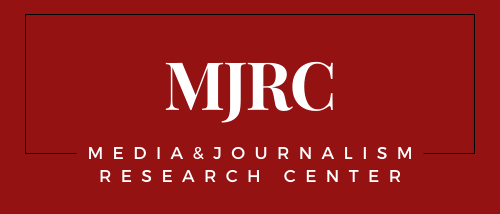Yemen
Yemen in Media Influence Matrix
There are currently about 235 media outlets active in Yemen, including 32 satellite channels, 37 radios, 17 newspapers and magazines, and 149 digital newspapers.
The war and its repercussions have negatively affected media ownership, independence, funding, and journalists’ rights, and also caused the suspension of 165 media outlets in Yemen (out of a pre-war 365 total), while 137 new media outlets were established during the war.
The parties to the conflict control most of the media in Yemen, according to a survey conducted by Yemen’s Journalists Syndicate and the International Federation of Journalists. Yemen is governed by conflicting de facto authorities: Ansar Allah Houthis, and the government which is recognized by the United Nations. Its administrative and political geography is controlled by at least five major political parties. These are composed of the People’s General Congress party, the Islah party, the Southern Transitional Council, and the National Resistance Forces. Each party is supported by, or allied with, regional states. The media outlets of Ansar Allah Houthis are funded by Iran and Hezbollah, while the government’s media outlets are funded by Saudi Arabia.
Some of Islah’s media is funded by Qatar, such as Yemen Shabab TV, Al Mahriah TV, and Belqees TV, while that of the People’s General Congress, the National Resistance, and the Southern Transitional Council are funded by the Emirates.
Though there are a healthy number of media outlets in Yemen, there is a startling lack of data regarding their financial situations. The report from the Yemeni Journalists’ Syndicate indicates that there are 365 total outlets split into 111 businesses and 254 non-profit entities, however, among these outlets not a single one publishes its financial statements. This is an indictment on the state of the media industry as a whole in the country, and is likely due to the fact that not many outlets are operating professionally due to the war; a theory supported by the report from the YJS, which also revealed that only 40 of these outlets have ongoing contracts with journalists. Therefore, the content that is being produced is likely not to a high ethical or professional standard for the majority of these outlets, and there is no financial data to show us how successful they are, or how far their reach truly goes.
Further to the disarray in terms of reporting standards, there is also evidence to show that many journalists are operating under contracts which do not account for the danger involved with journalistic work in a time of civil war. They do not offer any kind of insurance or hazard pay, no guarantees, but the journalists are forced to take what they can get, because work is becoming harder and harder to find under a regime which does not support freedom of expression, and a militaristic opposition determined only to further their own agenda.
Research reports
Funding Journalism in Yemen
Photo by Andrew Svk on Unsplash
Support independent media research – your donation helps keep our work open.
Donate
